questions and answers on crane safety
safety scissor
On average, three construction workers die every day on job sites in the United States. This concerning statistic highlights the continued need for safety improvements that prioritize construction workers, who account for one out of every five job-related deaths in the U.S. annually.
Fortunately, because we know the hazards that exist on construction sites, we also know exactly what we need to plan and prepare for. Construction managers who take construction site safety seriously can make an enormous difference for the workers they oversee.
By putting safety protocols into place that address long-standing construction dangers (like falls) as well as best practices (such as excellent communication), construction personnel are able to enjoy more productive and secure job sites.
Read on for a list of nine of the most important construction site safety tips.
1. Prevent Falls
Fall prevention must be a high priority on any construction site, as falls account for more than one-third of all construction-related fatalities. With the right equipment and processes, all falls are preventable, which in turn means saving lives.
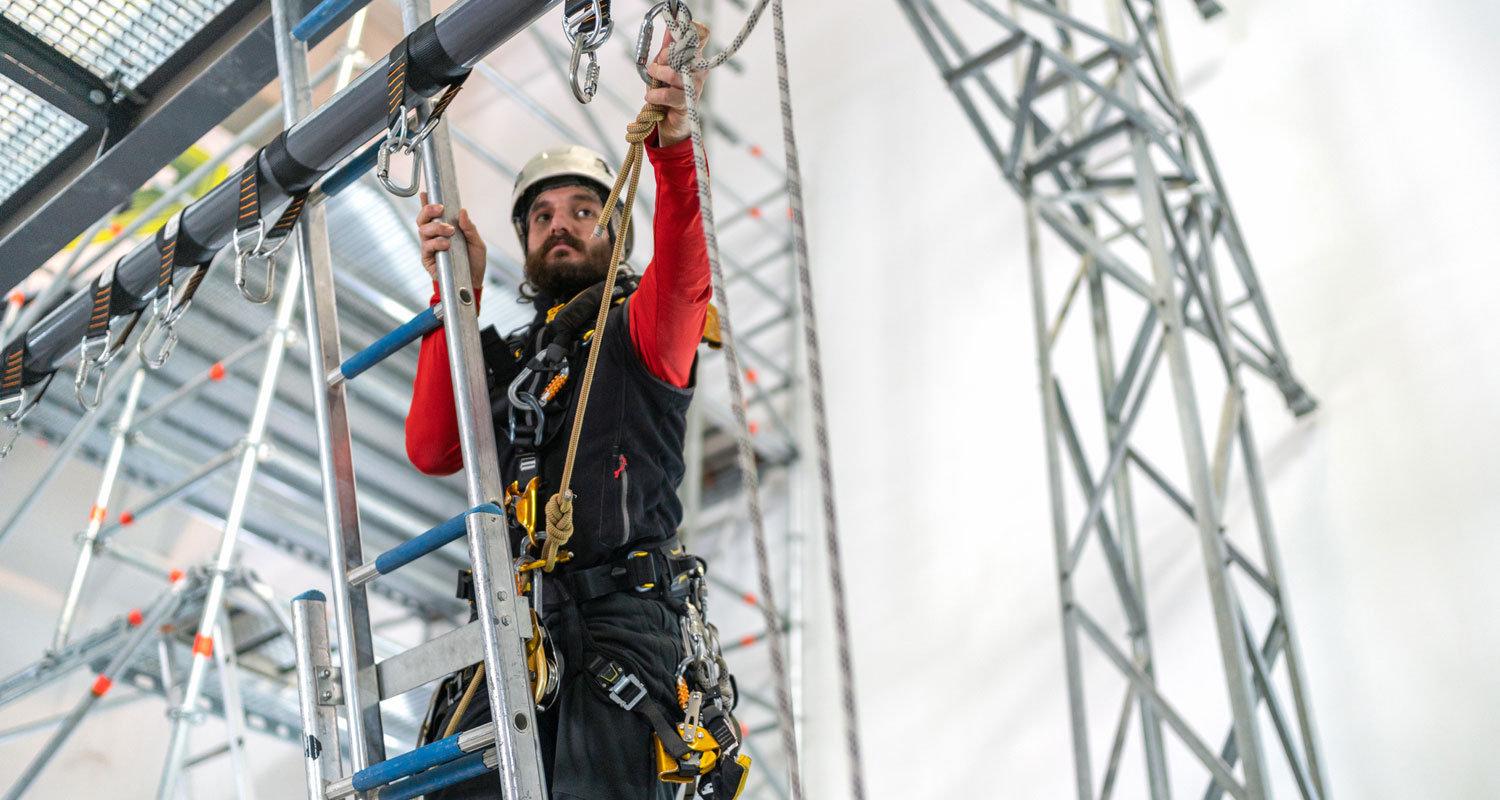
A few key aspects of any fall prevention program include:
- Train on proper form: The “three points of contact” rule states that three limbs should always be in contact with whatever you are climbing or standing on, which improves stability and reduces risk.
- Use safety devices: Harnesses for workers on scaffolding as well as personal fall arrest systems (PFAS) are vital for preventing falls from dangerous heights.
- Choose the correct equipment: Using the right ladder or knowing when to use a lift instead of scaffolding are vital in reducing unnecessary falls.
In addition to implementing these key protocols, safe construction sites will use proper signage to indicate high-risk areas, including leading (unprotected) edges where fall protection is required. With a few small changes, construction managers can make an enormous difference in the safety of their sites with respect to fall prevention.
2. Implement High-Quality Training
Construction accidents have decreased steadily in the past thirty years for a variety of reasons, but one of the most important is OSHA’s push for competent and qualified workers. Competent workers are able to adapt to changing circumstances on a construction site and qualified workers lean on formal education to make informed and safe decisions.
In order to maintain a qualified and competent workforce, always do the following:
- Provide continuing education: Offering frequent training opportunities for workers keeps safety knowledge fresh and up to date.
- Perform regular knowledge checks: Through oversight and spot checks, regularly test the safety knowledge of your workers to find gaps in understanding.
- Set up a mentorship program: Help new workers on your job sites acclimate to specific safety protocols by having them work with experienced members of your team.
An in-depth understanding of one’s specific role, as well as the general hazards present on a construction site, provides the best chance for safety. Rather than viewing training as interrupting the flow of construction, instead consider that a well-educated team is more likely to be safe and productive, thus preventing accidents and meeting deadlines.
3. Use Updated Equipment
While training can have a profound effect on site safety, some accidents are caused by faulty or outdated equipment, including personal tools (like table saws) as well as large equipment (like rollers). Modern equipment often comes with enhanced safety features, so consider your options when procuring equipment for your site.
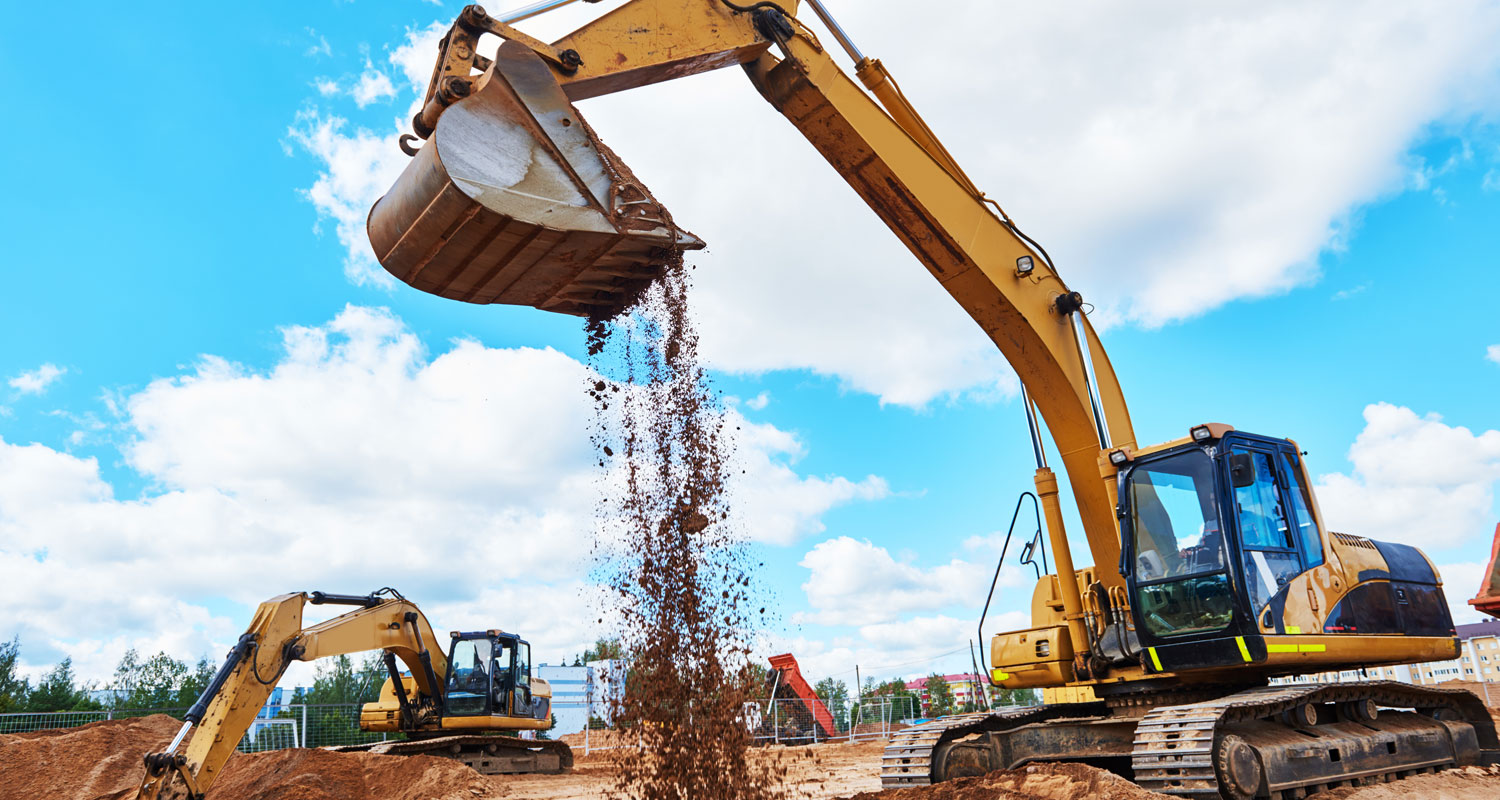
Keep the following in mind with regards to construction equipment:
- Perform daily safety checks: Before using any equipment, adhere to a list of daily safety checks that ensure it is in good working condition.
- Schedule regular maintenance: All equipment needs to have a set schedule for maintenance to prevent degradation that could lead to safety concerns.
- Consider renting equipment: While purchasing equipment can be a good investment, renting equipment means you have continual access to the latest features and can get exactly what you need for each job.
Providing the best equipment to your workers helps mitigate the risk of accidental equipment failure that can lead to injury or death. No matter how well-trained or careful construction workers are, their safety is ultimately dependent on the tools and equipment they rely on daily to complete their jobs.
By investing in excellent equipment and creating procedures for daily inspection and regular maintenance, you’ll enhance the safety of your site.
4. Try Construction Wearables
While many safety issues can be addressed with long-standing solutions, personal construction wearables present new opportunities for protecting workers. Smart versions of existing equipment like gloves and boots are now appearing with enhanced safety features.
Here are just a few of the construction wearables that are re-shaping how we think about construction site safety:
- Smart hard hats help prevent collisions: By using sensors in the helmet as well as in heavy equipment, smart hard hats aim to eliminate dangerous collisions between workers and vehicles.
- Smartwatches monitor health and activity: Smartwatches track vital signs and GPS location, which helps monitor worker fatigue and helps improve lone worker safety.
- AR safety glasses provide vital information: While augmented reality (AR) safety glasses are not yet fully realized, in the coming years they promise to provide immediate access to safety information, for example where leading edges or hazardous materials are located.
The world of construction wearables is growing quickly, with smart boots that can detect falls and body monitors that sense the presence of harmful gases, in addition to all of the devices described above. Intuitive noise-canceling headsets can even reduce construction noise pollution on-site while keeping teammates in contact with each other.
As a construction manager, you can begin investing in these technologies to bring the future of safety to your site.
5. Practice Proper Communication
Construction workers come to work with a range of specialties and backgrounds, which means that excellent communication is vital for ensuring that everyone is on the same page. Clear communication can help mitigate risky situations, and when hazardous situations arise, clear communication is necessary to keep everyone safe.
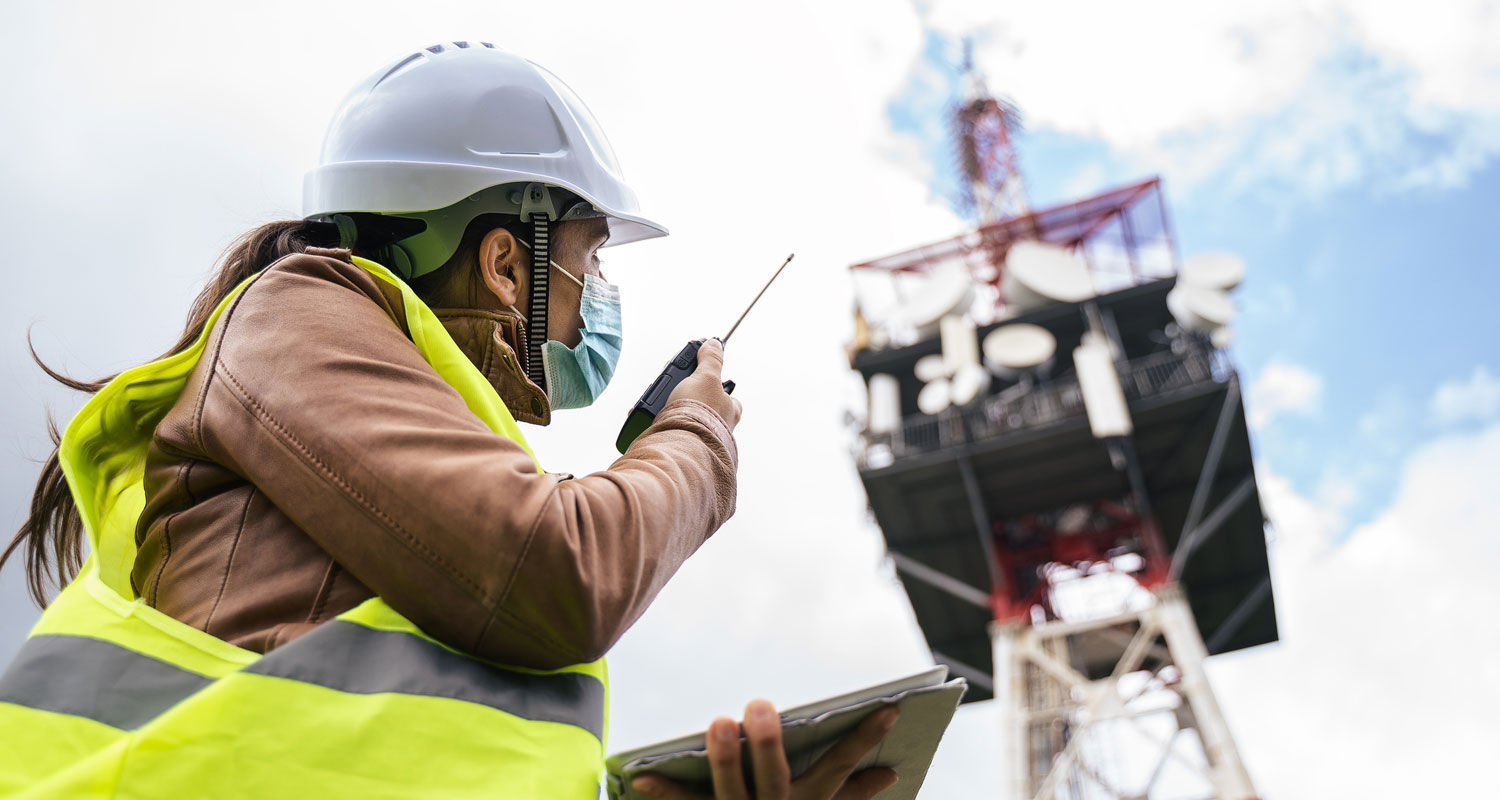
Consider implementing the following communication best practices on your site:
- Establish a clear chain of command: Everyone should know exactly who they report to and oversee, which helps reduce confusion when workers hear conflicting information.
- Limit use of jargon: Jargon, or technical language, varies across specialties, so using precise descriptions is more valuable when trying to communicate on-site.
- Encourage open communication: On a site where a worker feels afraid to speak up, inefficient or unsafe situations could go unreported. Create a culture of respectful listening so that workers feel empowered to speak.
In addition to these tips, another key aspect of communication in construction across the United States involves preparing for a bilingual work environment. A report from Forbes found that 21 percent of U.S. workers felt that safety was diminished as a result of miscommunications stemming from language barriers.
By prioritizing clear communication, you will increase the safety of your job site while also increasing productivity.
6. Prepare for Disasters
Natural disasters threaten lives and structures throughout the country, and construction sites along with those who work must remain vigilant. Whether your site’s region is prone to earthquakes, hurricanes or tornadoes, disaster preparedness is a vital part of construction safety.
When preparing for natural disasters, make sure to consider the following:
- Create safe zones on the site: Define locations that are safe from hazards in case of a natural disaster.
- Be mindful of utilities: Electric poles and gas lines can be compromised during many natural disasters, so be aware of where they are located on your site.
- Have an evacuation plan: For situations in which the construction site becomes uninhabitable, designate an off-site meeting location for all personnel.
While some natural disasters are less predictable, like earthquakes, others provide advanced warning. In situations that are likely to be dangerous, close down the construction site for the sake of safety. High winds, significant precipitation and lightning strikes are all risky situations for construction workers, so make a safety plan to avoid these situations entirely.
7. Raise Awareness of Mental Health
While construction workers face many imminent physical dangers, the toll of their jobs also has a cost for mental health. It is estimated that one in four construction workers struggles with mental illness, and the construction industry has one of the highest suicide rates. Any consideration of construction site safety will also be mindful of the need to care for workers’ mental health.
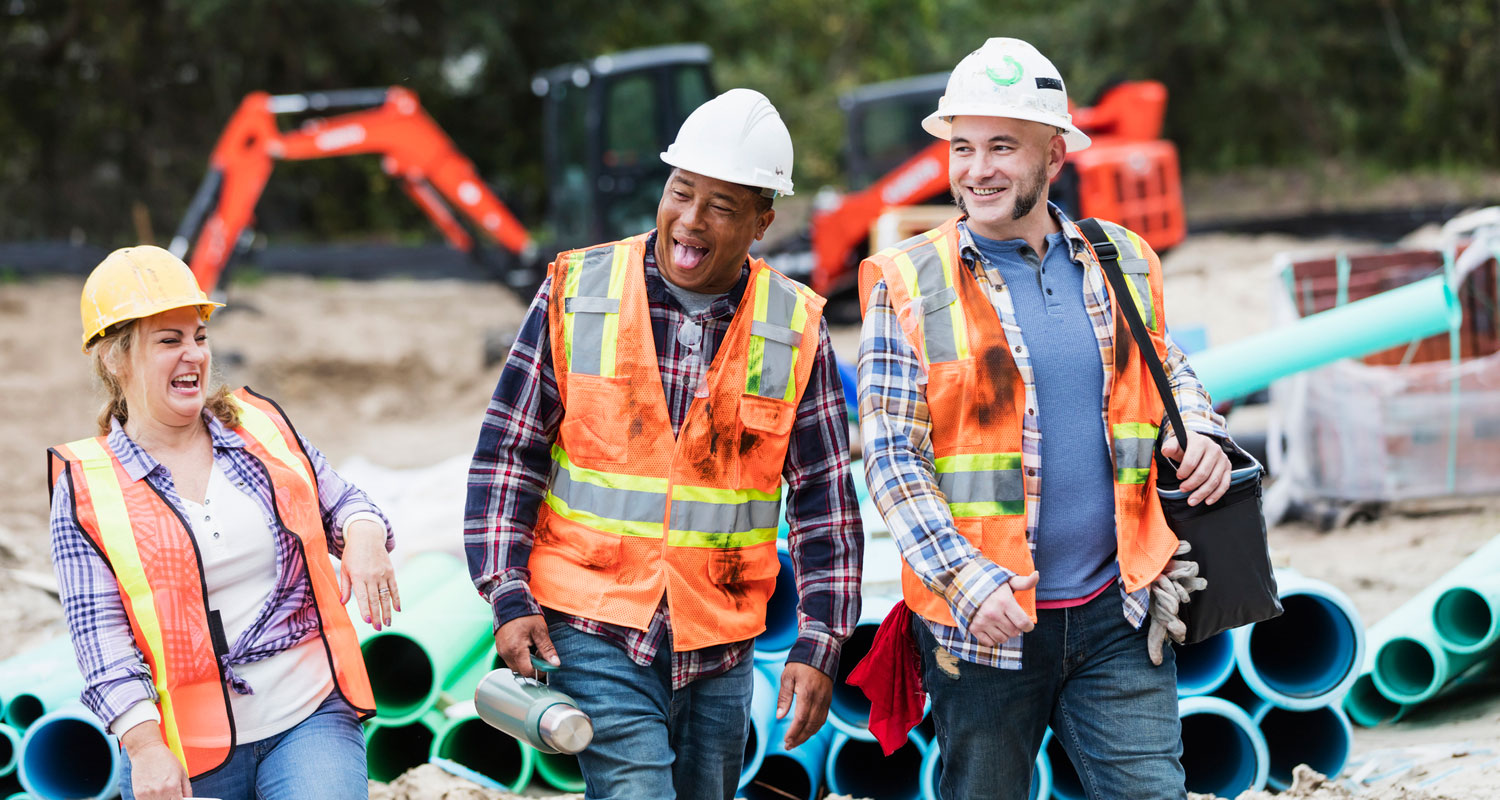
In order to care for the psychological needs of construction workers, keep these ideas in mind:
- Educate your team on signs and symptoms: Programs like Mental Health First Aid empower employees to recognize signs of depression and anxiety in their co-workers so they can intervene.
- Provide mental health coverage: Increasingly, companies are coming to understand that proper health coverage for construction workers must include benefits for treating mental illness.
- Be aware of substance abuse: Because of the physical rigors of construction work, 15 percent of construction workers have issues with substance abuse. Offer guidance and support for these individuals.
Creating a culture of safety requires finding ways to protect workers from every danger they may face, including the risk of psychological struggles. Strive to provide a work environment that is supportive of the unique difficulties that construction workers face, and provide the resources necessary to keep workers healthy and thriving.
8. Update Protocols for COVID-19
The COVID-19 pandemic has created a renewed focus on construction worker safety. The unique concerns of the pandemic have also created the need for new safety protocols that were never before considered. Moving forward, the lessons construction managers learn from keeping their workers safe during the pandemic will pay dividends in general safety.
As you continue to manage the health and safety of your workers, make sure to do the following:
- Provide proper personal protective equipment (PPE): All workers need reliable access to masks, gloves and hand sanitizer, at minimum, to help reduce the spread of disease.
- Implement contact tracing: Small devices worn on the clothes of construction workers can help provide contact tracing in the case of a positive test, helping to mitigate the spread and prevent full-blown outbreaks.
- Practice social distancing: While construction work is essential amidst the pandemic, changes in the way tasks are completed can enable workers to stay at a safe distance while still working efficiently.
The most successful construction managers are those who prioritize the safety of their workers in all decisions. By working to mitigate the spread of COVID-19 on your site, you’ll be providing a strong signal to your workers that you’re working in their best interest.
9. Maintain a Safety Plan
All of the advice above hinges on the creation of a very important document: the safety plan. All construction sites must have a comprehensive safety plan that accounts for everything above and more. Furthermore, the document should be dynamic—it should be constantly updated to reflect changes to protocols or personnel.
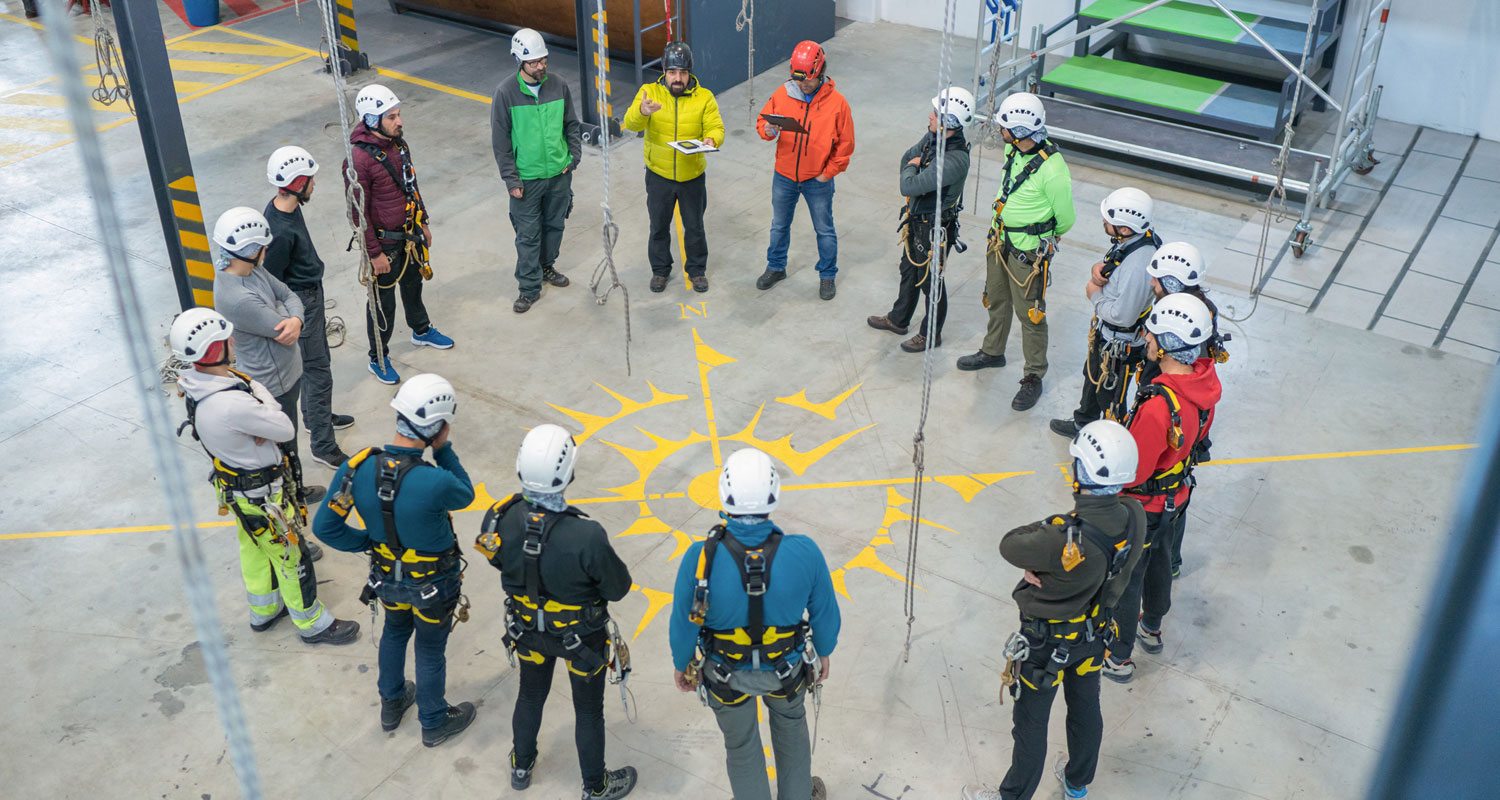
At a minimum, a safety plan should detail the following:
- The responsibilities of the site safety representative
- How and how often safety inspections will occur
- Information about safety training
- Specific aspects of safety protocols related to the specific job site
- Documentation of local safety regulations
- How accidents and medical emergencies will be handled
- When the plan will be reviewed and updated
A truly comprehensive safety plan will include much more information, though specifics depend on each site. That said, what every safety plan has in common is a deep commitment to prioritizing worker safety above all else.
By regularly reviewing your stance on safety, you will be able to create a culture that is focused on continuous improvement. Over time, the construction industry will continue to work toward the goal of eliminating accidents and fatalities and protecting its most important asset: workers.